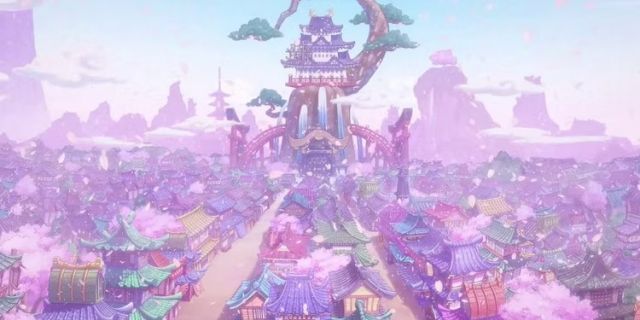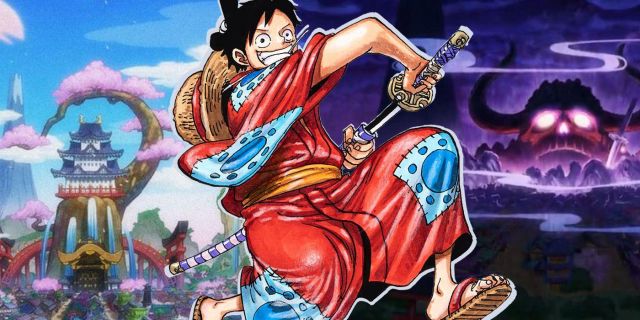Every part of the One Piece world has a unique style to it. Each island is modeled on a real-world nation and borrows features from it to shape its appearance; their food, art, culture, religion, and architecture all contribute to their identity. Then there’s Wano’s territory.
Despite being inspired by feudal Japan, Wano’s design lacks distinctive characteristics. This is less about Japan’s lack of uniqueness and more about how its culture is portrayed. One Piece already has numerous references to Japanese culture. This is because the manga is Japanese, but it works to the harm of that country.
One Piece is now availlable on Manga Monster free. Check it out!
The Cultural Influences of Japan on One Piece

The audience was introduced to plenty of Japanese cultural references long before Wano was introduced or even hinted at. There were characters with Japanese names, buildings modeled after pagodas and temples, foods that are best known for how big they are in Japan, and references to both Japanese history and mythology, creatures, and places. This is all to say nothing of how Japanese is the universal language of the series. In this sense, the entire One Piece world is like an approximation of Japan.
This ubiquity of Japanese influences might have been explained by saying they all came from Wano, but that’s not what happened. The samurai and a few of the traditions they brought with them are about the only Japanese-inspired things to come out of Wano. As far as any reader knows, the Japanese elements of One Piece mainly came from beyond the land of the samurai.
Having saying that, Wano does have several Japanese-inspired elements that are unique to it. Some of the surroundings and figures are illustrated in the ukiyo-e style. Again, because the country is based on feudal Japan, it contains societal aspects such as a shogunate, the yakuza, courtesans, and an isolationist stance. Momotaro’s traditional tale inspired the names Onigashima and Momonosuke. It also boasts some unusual flora and wildlife, including as the Spring Octopus, the Dream Koi, and numerous varieties of Koma. Finally, while the majority of Japanese culture is already reflected throughout One Piece, the concentration of it in Wano contributes to the country’s distinct identity.
Aside from that, there isn’t much in Wano that can’t be found in another part of the world. One Piece incorporates the Japanese aesthetic. All of this is to imply that Japanese is the story’s native, universal language. Fortunately, the series has discovered methods to tap into the latent power of Japanese culture and use it to make Wano seem just right.















Leave a Reply